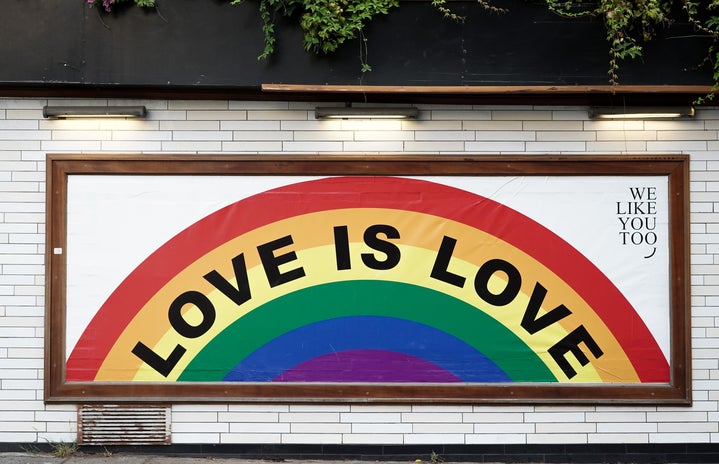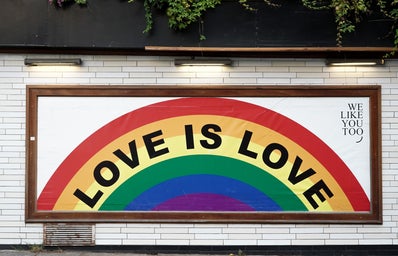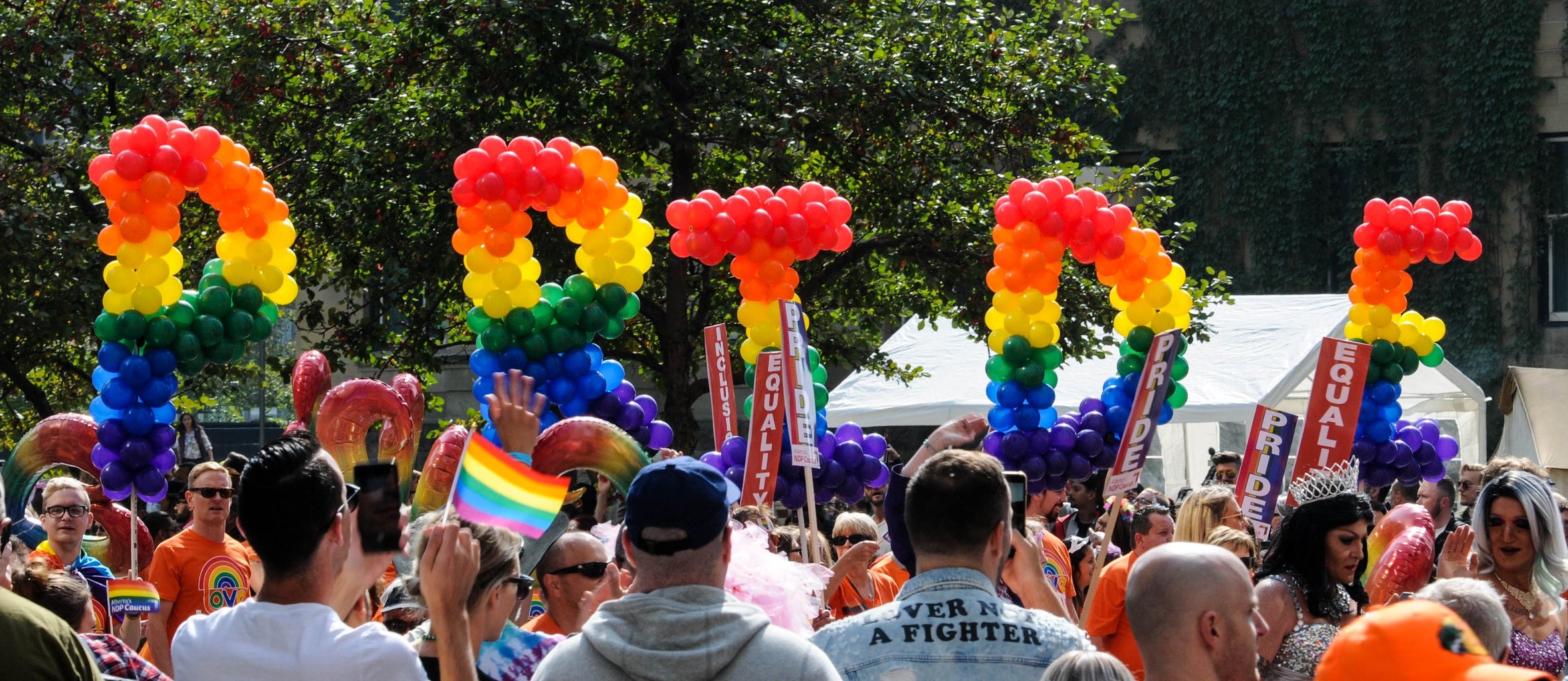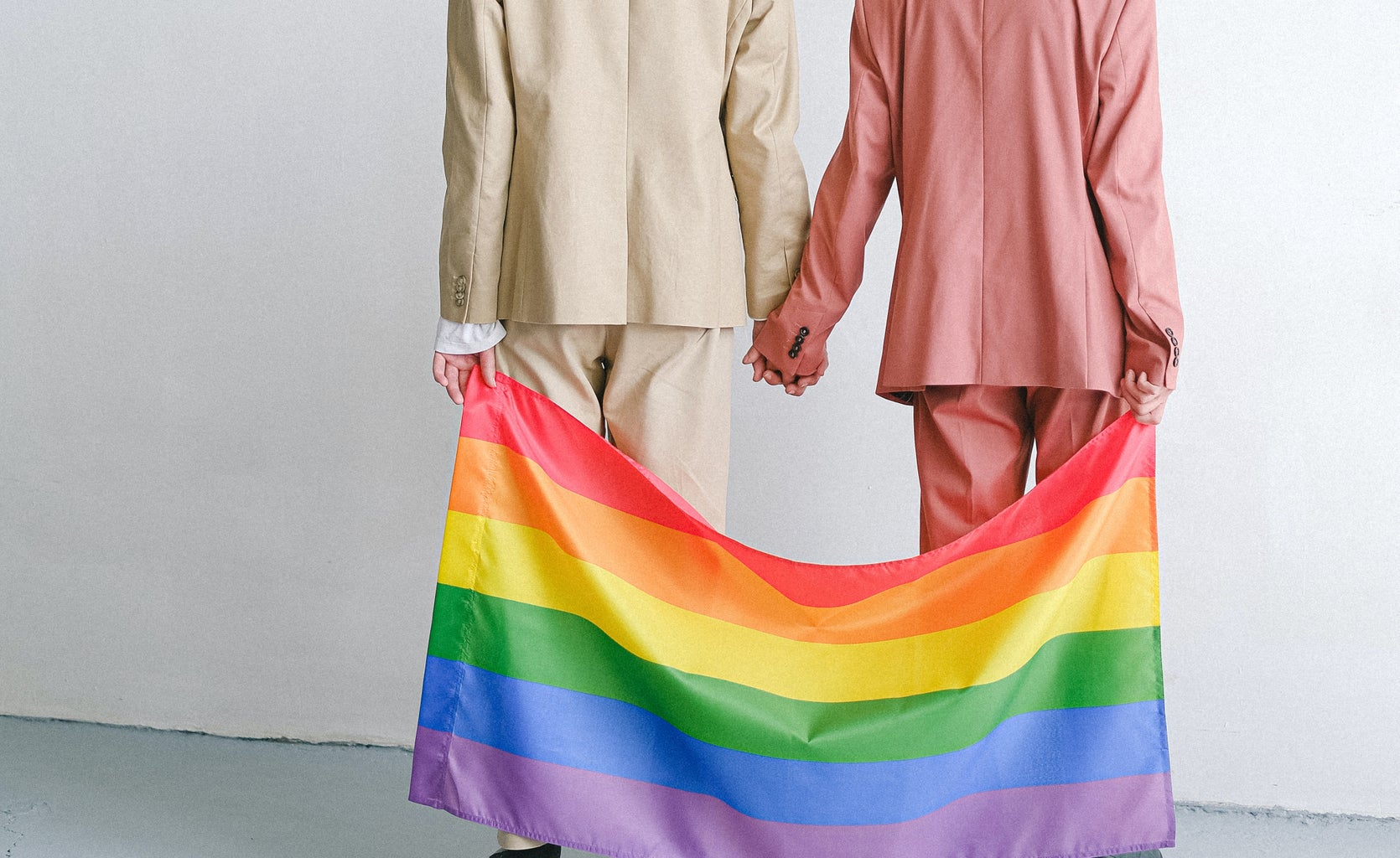I was 18 when I read my first queer love novel. Casey McQuinston’s Red, White & Royal Blue was so compelling, that I read it in just two days. It was beautiful and funny and relatable. But I couldn’t help but notice how it had to be labeled at the bookstore, covered in rainbow stickers: LGBTQ+ romance. Why does it even need a label? The summary on the back of the book made it perfectly clear it was about two male characters. If it’s just another love story, why does the novel need its own island in a sea of books?
The section was plastered in rainbow labels that feel more like warnings. I don’t remember novels such as Twilight and Fifty Shades of Grey coming with so many labels, warning: caution, lots of sex in here.
LGBTQ+ and queer storylines are becoming more mainstream. But there is still a layer of stigma around queer love. If the publishing and film industry makes more efforts to normalize queer love stories to younger audiences, it will help younger generations become immune to the homophobia so embedded in society today. While there has been great progress in the media in integrating queer storylines into mainstream content, a lot of work still needs to be done.
When speaking about LGBTQ+ love stories, Director Ang Lee’s Brokeback Mountain can not be excluded from the conversation. The film, starring Jake Gyllenhaal and Heath Ledger, follows the lives of two gay men, who carry out a decades-long affair in heartbreak and secrecy. Known as a “quintessential” gay film, Brokeback Mountain was many people’s first exposure to a cinematic queer love experience. Rotten Tomatoes awarded the film an 88 percent approval rating. It was in theaters. It won 3 Oscars.
And yet, this “quintessential” LGBTQ+ film unintentionally highlights the failures of representation in Hollywood. A story about two gay characters is played by two straight actors. There is no LGBTQ+ representation. While Jake Gyllenhaal and Heath Ledger both put on excellent performances, Hollywood has a long history of denying LGBTQ+ actors roles and opportunities. Back in the 1950s and 1960s, studio moguls did everything in their power to keep their stars closeted. Rock Hudson, who assumed the role of Americana masculinity, lived as a closeted gay man for most of his career, only forced to come out when he was diagnosed with AIDs. Hollywood has created an image as one of the most “gay-friendly industries on Earth.” History, however, presents a very different story.
Despite the lack of LGBTQ+ representation, Brokeback Mountain is still just another love story. Kenneth Turan of The LA Times said “The two lovers here just happen to be men.”
One film critic summed up director Ang Lee’s impact: “Lee has taken a story of gay love and placed it where it should be — in the mainstream.”
Mainstream. What does mainstream mean? If the film and book industry is bringing gay love stories into the mainstream, why does it need so many labels for its “homoerotic” content? Stories about queer love should be interwoven into film and media, just as often as content about straight love.
GLAAD, the Gay & Lesbian Alliance Against Defamation that monitors media for representation, created the Vito Russo Test. Like the Bechdel Test that analyzes the representation of female characters, the Vito Russo Test rates, scores LGBTQ+ representation. The biggest hurdle of the test focuses on the LGBTQ+ character’s sole purpose in the film not revolving around their sexuality. They must have other unique characteristics that have nothing to do with their sexual preferences.
15 years after its release, Insider reporter Jacob Sarkisian admits LGBTQ+ films have to walk a tightrope; a balance between showcasing gay love stories but also keeping them straight enough for the mainstream audience. “Go too far to please the mainstream audiences, and you’ll lose the queerness,” he wrote. The sheer admittance of this reality shows that Hollywood and the media have a long way to go in incorporating LGBTQ+ representation into mainstream media. The industry is still hesitant to be “too gay” and lose its audiences.
Looking back to the display table of “Pride Reads!” at the book store, the media needs to stop rainbow-washing content and just sell stories as they are. Take away the LGBTQ+ label. It’s just a novel about love.





